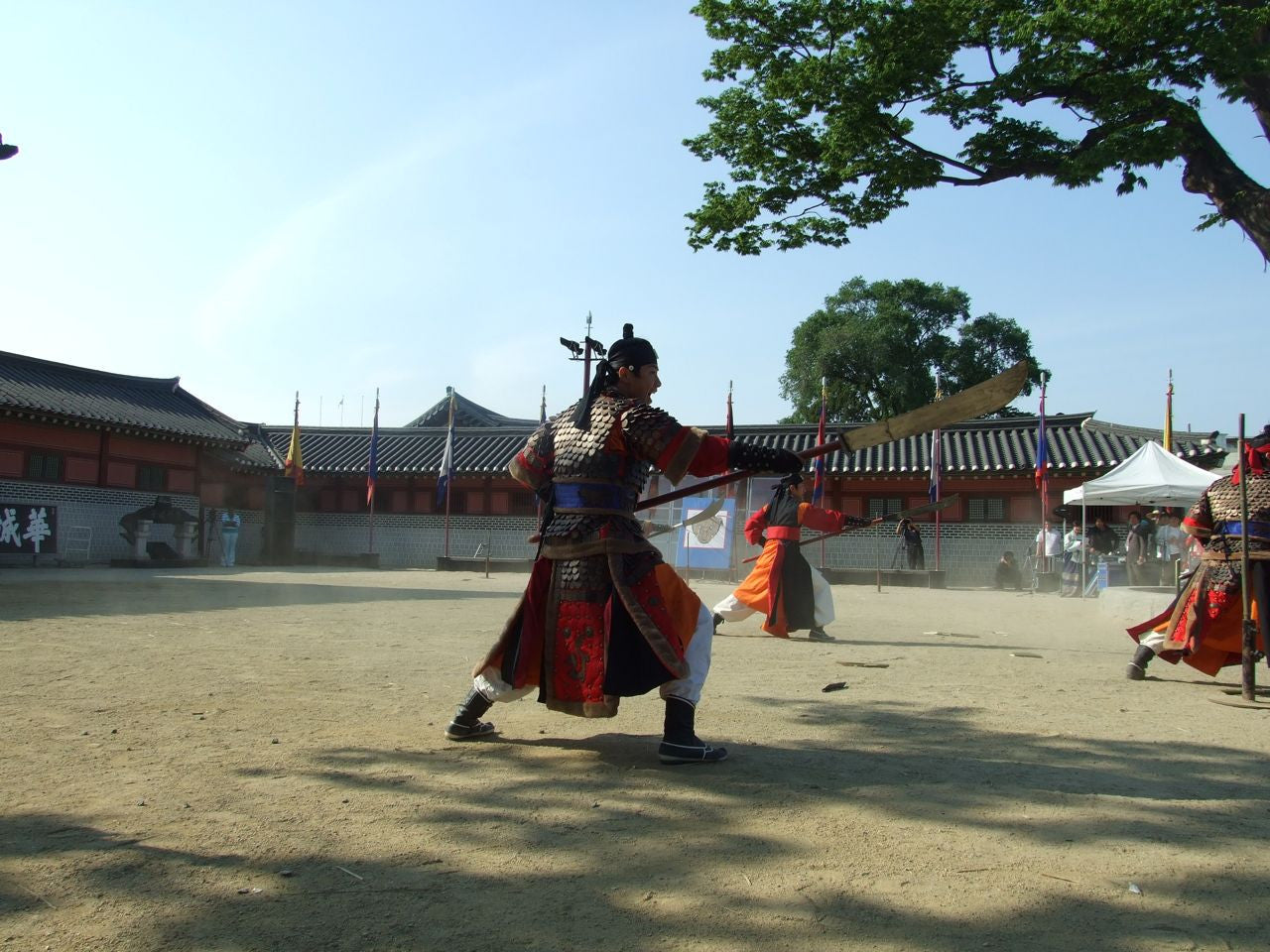Votre panier est vide


Along with Japan, the Korean Peninsula was responsible for producing some of the world's finest quality swords. According to "Korean Weapons & Armor" by John Boots, Korean swordmiths began producing swords during mid-1st BCE, the Bronze Age.
Since then, swordsmiths in the Peninsula have pioneered countless new swords and bladed weapons, one of which is the Woldo. To learn more about the Korean Woldo and how it was used, keep reading.
Description of the Woldo
Translating to "moon blade," the Woldo isn't a traditional sword but rather a bladed pole weapon that's similar to the Chinese guandao (yanyuedao). Both the guandao and Woldo have a similar blade style. The latter, however, is slightly shorter and smaller than its counterpart.
According to the "Comprehensive Illustrated Manual of Martial Arts" published in 1795, the Woldo features a six-foot-and-four-inch handle with an eight-foot blade. In terms of weight, the Woldo is approximately three pounds and 15 ounces. This ancient document also states that the Woldo has a spike on the end of its handle and a feather attached to the rear of the blade.
While the traditional Woldo is smaller and shorter than its guandao counterpart, there was a variant known as the danwoido that featured a bigger blade.
History of the Woldo
Reports indicate that warriors began using the Woldo during the Silla kingdom era. It was most popular among warriors in the hwarang class. With its pole-like design and bulky construction, however, there were both pros and cons associated with its use. The Woldo allowed warriors to keep their opponents at a safe distance, which was essential in organized battle formations. However, it also took time to prepare for use, creating a window of opportunity for the wielder's opponent to strike.
Nonetheless, the Korean Woldo was well known for its power and versatility. There have been reports of single warriors taking down entire ranks of infantry using nothing more than a Woldo. Korean warriors on horseback also used the Woldo -- typically during the Choson era -- because it was longer and heavier than most other pole weapons of this time.
It's also believed that in order to achieve a higher rank in the military, Korean warriors had to demonstrate exceptional skill with the Woldo. Only warriors who passed these tests could receive a higher rank.
Video: Martial Arts Practitioners Using the Woldo
The video below shows modern day practitioners in South Korea using the Woldo in martial arts demonstrations.